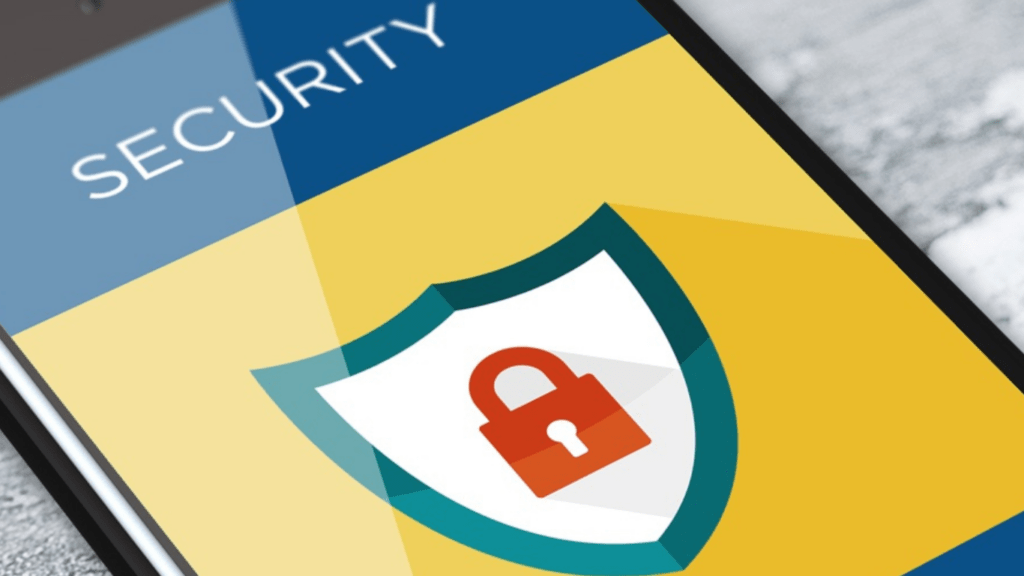Understanding Two-Factor Authentication
Two-factor authentication (2FA) is pivotal for bolstering security in the cryptocurrency space. It offers an added layer of protection, making unauthorized access exceedingly difficult.
What Is Two-Factor Authentication?
Two-factor authentication requires users to provide two types of credentials. The first is something they know, like a password. The second is something they have, such as a mobile device or a hardware token.
This combination significantly enhances security by relying on two distinct forms of identification.
How Does Two-Factor Authentication Work?
Two-factor authentication works by combining a traditional password with a secondary verification method.
After entering the password, the system prompts the user to enter a code sent to their mobile device, generated by an authentication app, or retrieved from a hardware token.
This multi-step verification ensures that even if the password gets compromised, the account remains secure due to the second authentication factor.
Two-Factor Authentication in the Context of Crypto Security
Two-factor authentication (2FA) adds an essential layer of security to cryptocurrency transactions. Knowing its importance and common types can help enhance the protection of crypto assets.
Why Is Two-Factor Authentication Important for Crypto?
Cryptocurrencies are attractive targets for cybercriminals due to their high value and pseudonymous nature. 2FA reduces the risk of unauthorized access by requiring two forms of identification.
If a hacker obtains a user’s password, without the second factor, they can’t access the account. This additional barrier helps protect digital wallets and exchange accounts from being compromised.
Common Types of Two-Factor Authentication Used in Crypto
Several types of 2FA are commonly used in the crypto sector:
- SMS-Based 2FA
Receives a one-time code via text message. Though convenient, it’s vulnerable to SIM swapping. - Authenticator Apps
Google Authenticator and Authy generate time-based one-time passwords (TOTP) on a mobile device. They offer more security than SMS. - Hardware Tokens
Devices like YubiKey provide a physical form of authentication. They need to be connected to the device to verify identity. - Biometric Authentication
Fingerprint or facial recognition adds a layer of security using unique physical traits. This method is often used on mobile devices.
Implementing Two-Factor Authentication
Setting up two-factor authentication (2FA) adds an extra layer of security to crypto accounts. It mitigates risks and prevents unauthorized access.
Best Practices for Setting Up Two-Factor Authentication
- Choose Reliable Methods: Opt for authenticator apps or hardware tokens for higher security. For example, Google Authenticator or YubiKey offers robust protection.
- Backup Codes: Store backup codes securely so you can access them in case primary 2FA methods fail.
- Update Regularly: Regularly update your authentication methods and apps to ensure they’re not vulnerable to the latest security threats.
- Enable for All Accounts: Apply 2FA to all crypto-related accounts, including exchanges, wallets, and email accounts linked to crypto activities.
- Device Loss: Losing your 2FA device can lock you out. To address this, keep backup codes and have a secondary 2FA method.
- Technical Glitches: Apps might malfunction. Regular updates and familiarity with recovery procedures can help mitigate this risk.
- Phishing Attacks: Sophisticated phishing can bypass some 2FA methods. Use hardware tokens and be vigilant about suspicious emails or links.
- User Convenience: Some find 2FA cumbersome. Balancing security with usability, using quicker methods like biometric authentication, can help.
Strategically implementing 2FA strengthens the security framework of your crypto assets, making it harder for unauthorized users to gain access.
Evaluating the Effectiveness of Two-Factor Authentication

Two-factor authentication (2FA) enhances crypto security. It provides an added protection layer, making it harder for unauthorized users to access crypto assets.
Case Studies of Two-Factor Authentication Success in Crypto
Several crypto exchanges use 2FA to heighten security. CoinBase, for instance, reported a significant drop in unauthorized access attempts after implementing multi-factor authentication, including 2FA. Users experienced fewer account breaches due to the extra verification step.
Another successful example is Binance, which mandates 2FA for withdrawals. Cases of unauthorized withdrawals decreased, bolstering user trust. Through requiring a second verification form, such as Google Authenticator or SMS, these platforms improved overall security.
Limitations of Two-Factor Authentication in Crypto Security
Despite its strengths, 2FA’s effectiveness has constraints. SMS-based 2FA can be vulnerable to SIM-swapping attacks, where attackers gain control of a user’s phone number and receive the SMS code. In such scenarios, security breaches still occur.
Authenticator apps, while generally safer, aren’t foolproof. Loss of a device housing an authenticator app can lock users out without backup codes. Additionally, some sophisticated phishing attacks can circumvent 2FA by intercepting codes in real-time, demonstrating another vulnerability.
While 2FA significantly bolsters crypto security, it’s essential to stay aware of its limitations and take additional security measures where possible.






